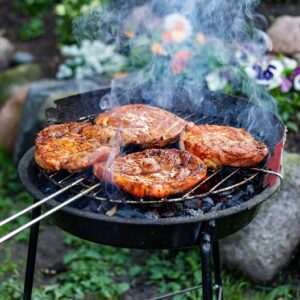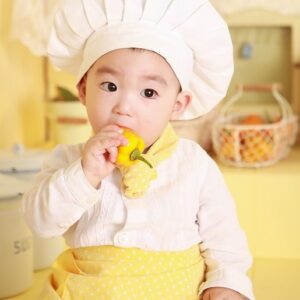
- High heat: Sautéing demands a lot of heat, which if not used properly can be dangerous and result in burns or fires.
- Oil splatters: Sautéing can make a mess in the kitchen and oil splatters have the potential to ignite a fire or cause burns.
- Limited supply: The amount of food that can be cooked at once and the size of the pan both place limits on sautéing.
- Demands constant attention: To avoid burning or sticking sautéing calls for continuous attention and stirring.
- High-fat content: Butter or oil must often be used when sautéing which can increase the food’s fat and calorie content significantly.
- Smoke and aromas: When sautéing, smoke and potent odours may be produced which may linger in the kitchen and the rest of the house.
- Clean-up: Sautéing can leave behind oil that is difficult to remove and may leave stains on cookware and clothing making cleanup a hassle afterward.
- Not ideal for huge quantities: Sautéing is better suited for preparing little individual servings of food rather than vast quantities of food.
- Variability of results: Sautéing presents a challenge for novice cooks because it can produce variable results depending on the cook’s level of skill.
- Calls for particular abilities: Sautéing calls for particular abilities and methods, such as appropriate pan selection and heat management which can be challenging to perfect.









